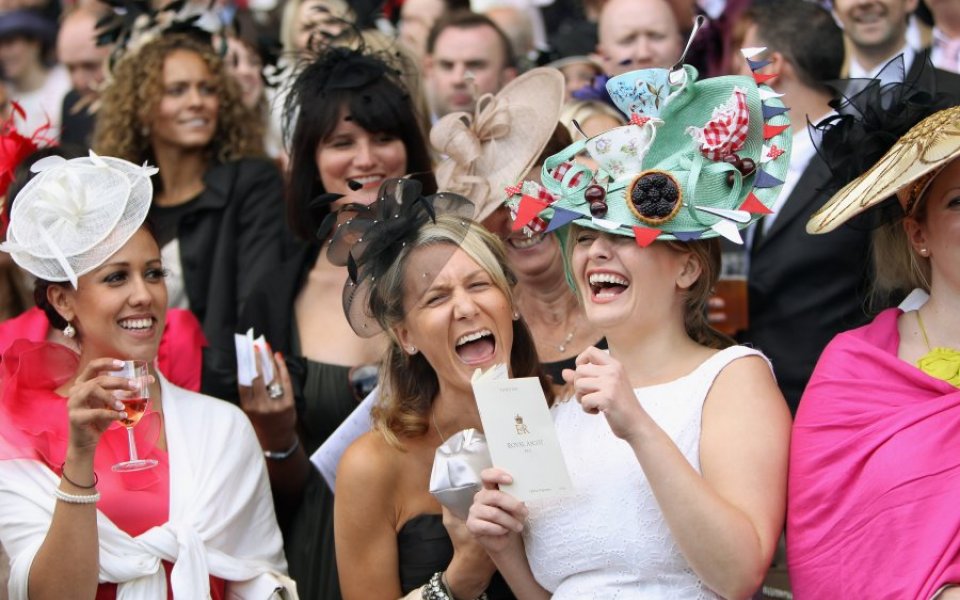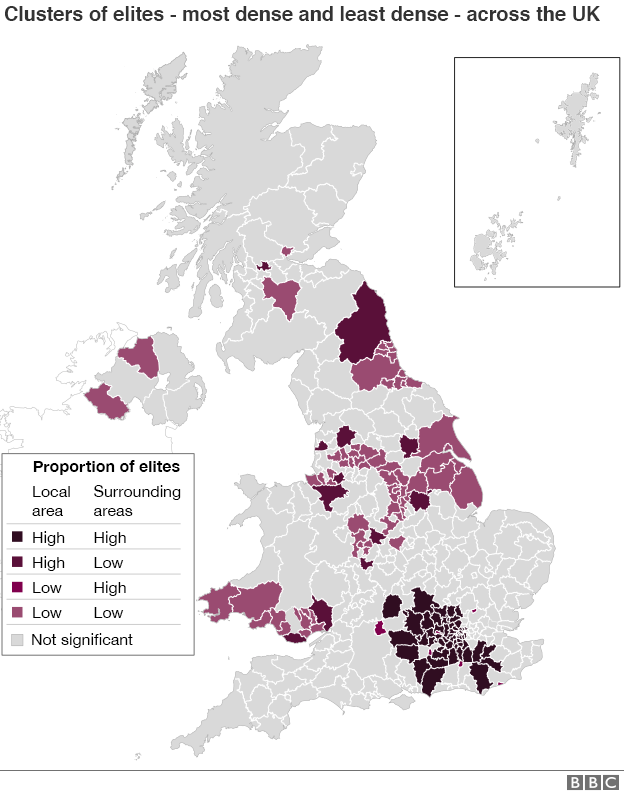The British class system explained: There are now seven social classes, which one do you belong to?

It's our national obsession, but now there are seven different social classes to be defined by, do you really know which one you belong to?
A new study shows social classes have become more blurred than the traditional model, developed over 50 years ago, suggests – with job status, income, education and culture all playing a part.
Read more: Why climbing the social ladder keeps Britons happy
But which social class do you belong to? Using the study, conducted by professor Mike Savage of the London School of Economics and Political Science on behalf of the BBC, you can now find out. In terms of where people are based, there is a distinct trend across the country. Around six per cent of the UK population can be classed as "elite", with high levels of all three "capitals" – economic, social and cultural.
In terms of where people are based, there is a distinct trend across the country. Around six per cent of the UK population can be classed as "elite", with high levels of all three "capitals" – economic, social and cultural.
Yet in the south, pockets exist, such as in Swindon or Slough, where there are low proportions of elites. Still, wealth is not found far away in these areas.

The study also found people in high-salary jobs, whose parents were also in high-salary jobs, are paid more for the same job as someone whose parents didn't earn as much.
Read more: Middle-class kids are selfish, and it's bad for their health
"There are various possibilities as to why those from senior management family backgrounds have higher pay," Savage said.
"It could be either because of the support they were given to get better qualifications, or because strings were pulled, or because they have more confidence."